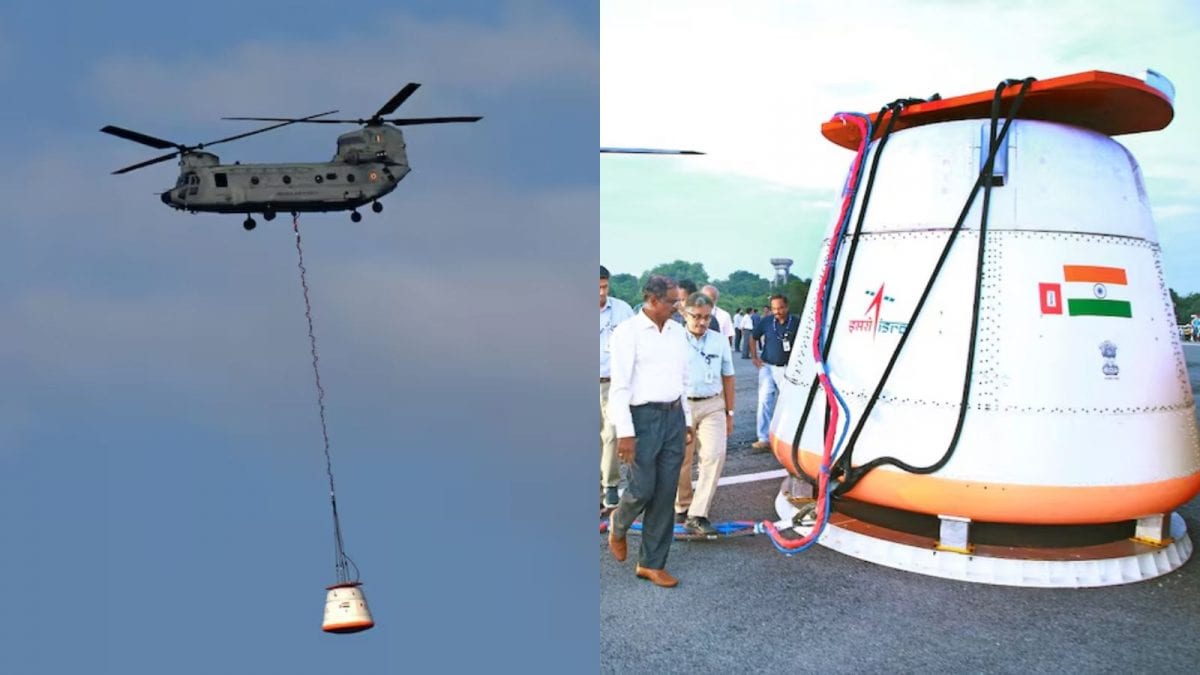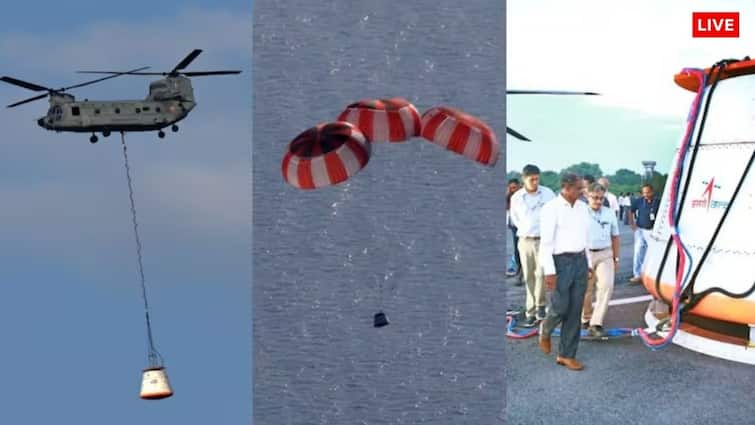- September 2, 2023
ISRO Successfully Launches Sun Mission, To Reach Destination In 125 Days

Aditya-L1 will be placed in the halo orbit around Lagrange point 1.
Sriharikota:
Days after scripting history by becoming the only nation to achieve a successful soft landing near the south pole of the moon, India added another feather to its space exploration cap on Saturday with the successful launch of the Aditya-L1 mission.
India’s first solar space observatory mission was launched on the Polar Satellite Launch Vehicle (PSLV) XL from the Satish Dhawan Space Centre in Sriharikota at 11.50 am. The separation of Aditya-L1 and its injection into an elliptical orbit around the Earth was successful and took about 63 minutes.
“Congratulations, the Aditya-L1 mission is accomplished,” said Indian Space Research Organisation chief S Somanath.
PSLV-C57/Aditya-L1 Mission:
The launch of Aditya-L1 by PSLV-C57 is accomplished successfully.
The vehicle has placed the satellite precisely into its intended orbit.
India’s first solar observatory has begun its journey to the destination of Sun-Earth L1 point.
— ISRO (@isro) September 2, 2023
Aditya-L1 will be placed in the halo orbit around Lagrange point 1 (L1) of the sun-Earth system, which is about 1.5 million km from Earth. The journey to L1 will take 125 days.
Discovered by mathematician Joseph-Louis Lagrange, Lagrangian points are places in space where gravitational forces, acting between two objects, balance each other in such a way that spacecraft can remain in a fixed position with minimal fuel consumption
The L1 point is considered the most significant of the Lagrangian points for solar observations.
According to ISRO, the key objectives of the mission are understanding the coronal heating and solar wind acceleration; understanding initiation of Coronal Mass Ejection (CME), flares and near-Earth space weather; gaining knowledge of coupling and dynamics of the solar atmosphere; and getting a deeper understanding of solar wind distribution and temperature anisotropy (non-uniformity in different directions).
Solar wind refers to a continual stream of protons and electrons from the sun’s corona, or outermost atmosphere, while coronal mass ejections are huge expulsions of coronal plasma and magnetic field lines ejected from the sun.
Aditya-L1 is carrying seven different payloads to conduct a detailed study of the sun, four of which will observe the light from the sun and the other three will measure in-situ parameters of the plasma and magnetic fields.
The primary payload, Visible Emission Line Coronagraph, will be sending 1,440 images per day to the ground station for analysis after it reaches the orbit around L1.







